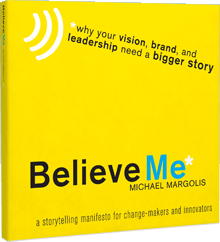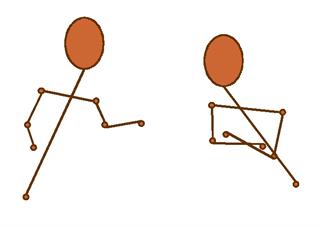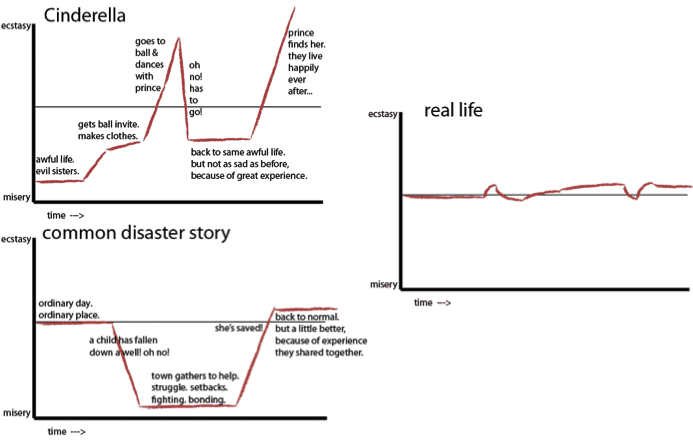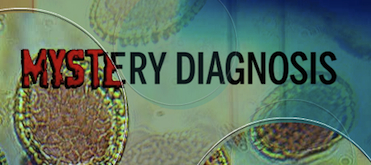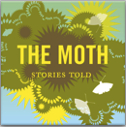Another one of my occasional forays into my own story:
Those who follow this blog know that after almost 17 years in Central Florida, I have been in Kettle Falls, WA, since early May. Randall and I bought land here last fall and have been building a house here.
The plan was to be bicoastal; we would live in Florida in the winter and Kettle Falls in the summer. But we weren’t in the beautiful, magical Kettle Falls for long before we realized we really didn’t miss much about Florida.
I miss my hair stylist, my yoga teacher, nighttime space-shuttle launches (which we can see from our front yard), sandhill cranes, and the fact that Florida humidity keeps my skin from getting dry. That’s it. I decided I could easily live without any of those things.
In fact, I was amazed at what I found I could live without. We have a whole house just full of stuff back in Florida, but I can function just fine without any of it. This realization gives me pause about all the material possessions I’ve accumulated that I thought I simply had to have.
So we decided we want to live in Washington year-round. There’s still a possibility our winter residence will be in a warmer part of Washington, as winters are brutal here. We love to bicycle, which is difficult in a harsh winter climate (though we’re thinking of taking up snowshoeing).
To make our year-round Washington dream happen, we have to return to Florida to close out our life there — sell two properties and get rid of all but a few of those material possessions. We’ll return to Kettle Falls in April.
Eastern Washington offers astonishing beauty, a relaxed lifestyle (Randall calls it “Kettle Cool”), and transcendence. Being here has been truly transformative, helping us to shed complexities, a hectic pace, and painful memories.
We leave the day after tomorrow. I planned an interesting route back to soften the blow of leaving. We’ll first head west before we veer east — so we can check out a possible winter residence in western Washington. We’ll bicycle in three new states — Oregon, Kansas, and Indiana. And a former student has offered us a tour of Churchill Downs, where she works.
Still, closing this chapter — even knowing we’ll be back before long — is almost unbearable.
 Friday, has also created a new Ning group, Swimming with Stories, along with my friend, John Caddell.
Friday, has also created a new Ning group, Swimming with Stories, along with my friend, John Caddell.
